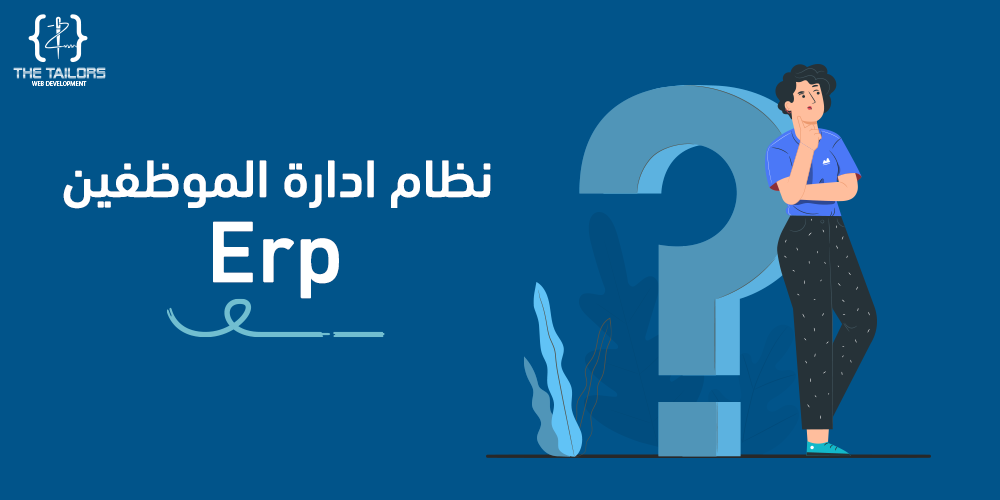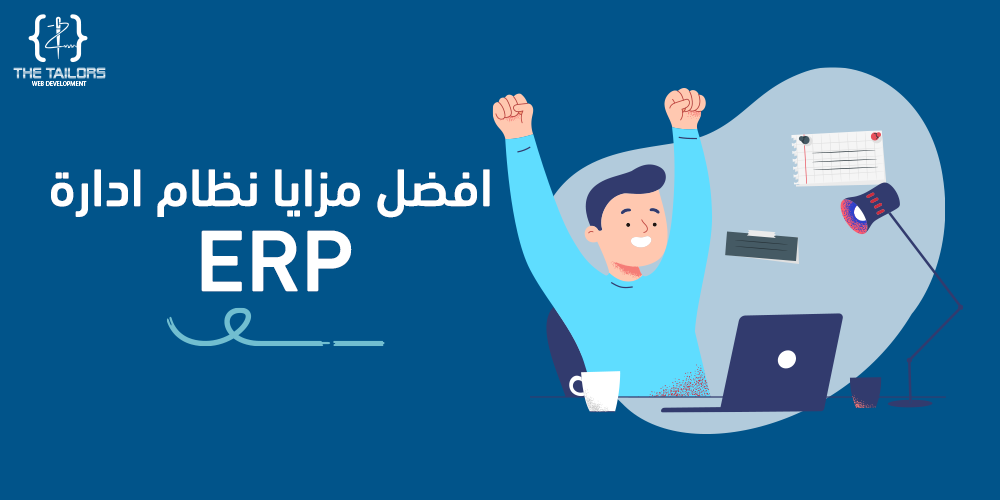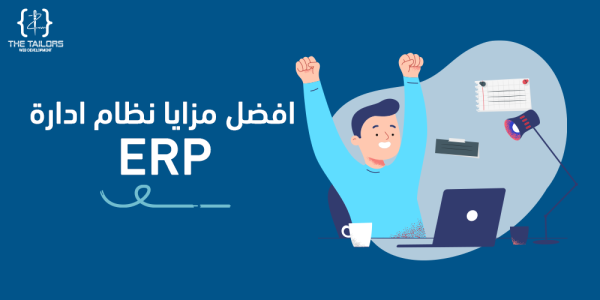What is enterprise resource planning?
The personnel management system is a computerized system that organizes and saves administrative operations within the organization through a good arrangement of human resources management operations, such as organizing, attending, leaving, paying salaries, vacations, bonuses, etc. to all marketing operations, such as saving customer data, reminders, saving customer events, and others. Marketing methods.
That is, it is an electronic system that works to develop, develop and organize the work of institutions, as it enhances the behavior of employees and urges them to cooperate and teamwork through the program of incentives and rewards.
In increasing the organization's revenues and contributes to building a strong relationship with customers and reading ERP indicators, the resource management program often helps
In that it provides details of customers' lives within the organization, ERP growth in the organization, and determining the path within the organization, and the importance of the ERP system is increasing
And the growth of their sales and the degree of their loyalty to the institution, as it facilitates the process of searching and accessing customer data, anticipating their performance in the future, and knowing the extent of their satisfaction with the service or product.
- ERP: Steps of the enterprise management system
1- The vision and mission of the institution:
You must identify the points that the organization seeks, for example, to provide the highest quality, to provide the fastest service, and to study this ERP when thinking about choosing a system
factors and harnessing them to serve these goals.
2- Determine customer behavior:
The correct relationship between the institution and the customer is represented in the case of understanding the requirements and needs of the customer and his way of thinking and marketing them in the best ways and characteristics through questionnaires, surveys and analysis.
3- Determine the components of the system:
There are a set of components within management systems, including:
* Human Resource Management .
* Customer management.
* sales and marketing .
* Analytics and business reports.

On the enterprise: - ERP how to help management system
It helps the organization to identify deficiencies and problems in the organization and to take the appropriate decisions in a timely manner, depending on the huge amount of data and processes within the organization with the speed of response to events.
ERP is one of the best management system features
Reducing the company's expenses:
Costs are reduced by increasing the efficiency of the organization and reducing the amount of errors, thus reducing the overall expenditure on the organization.
The ability to make decisions:
The decision-making process is based on cumulative data and a combination of data analysis.
Logical sequence of data:
In the life cycle of the organization, the data is in a logical sequence.
-: ERP Why do you need a management system
ERP in every organization has many administrative tasks and employees, and in the case of expansion and spread, it needs a system because it needs a system
However, there are some criteria that must be taken into account in the process of choosing the type of system that should not be taken into account in the process of selecting the type of ERP system
Which fits your organization as follows:
Read enterprise growth indicators:
Due to the need for rapid development in your organization, you may need a system to track this growth.
Keeping pace with business systems:
You can use one system for all branches of the organization or institution.
Cloud work system:
A more flexible system that works on computers and mobile devices and keeps you in touch. ERP is a system

-: ERP is a group of systems
and human resources. ERP, where it combines the customer management system and the ERP system. There are many management systems
Failed: - ERP When does the system become the
The resource management system is considered a failure if it encounters many problems in recording the sequence of data accurately and does not seriously address the weaknesses of the organization, as the basis for using these activities is to address its weaknesses and adhere to some habits that may delay the growth of the organization.
? ERP system examples
Odoo: 1- The system
It is an open source management program designed by the Belgians, which is easy to use, does not require experience, and is less expensive.
-: SAP ERP 2- The System
It is considered one of the leading programs in this field
Some companies rely on it entirely in the study of engineering, which is the management of operations, where ERP uses the enterprise management system
Some of its features such as issuing invoices and others:
-: ERP system importance
1/ Saving time, effort and money spent in running a business through the human element.
2- The possibility of allocating some programs and not others, according to the need.
3- Ease of the possibility of measuring the return on investment periodically.
High data protection and encryption from hacking. ERP 4- The system provides the
In terms of cloud systems: ERP * Types of systems
1- Fixed systems:
They are systems that are installed on devices in a fixed place, such as an office, and they do not need cloud systems, as they are limited to the devices and the place where they are installed.
2- Cloud certified systems:
They are systems that need an Internet connection, but they do not need to adjust the hardware settings, so the subscription to these systems is paid.
3- Free systems:
They are systems that have a set of advantages as they are free in addition to that they can be cleared and modified as needed.
Disadvantages of enterprise management systems:
Although the system has spread widely and has become used by many institutions, but it has disadvantages that must be known before use:
1/ From some cloud systems, the monthly subscription cost is very high.
There is difficulty in the process of understanding the user interface, while it takes more time to understand how ERP works 2/ some systems
In the understanding of the system by the employees of the institution.
3/ Some institutions may find it difficult to solve problems and communicate with the support team of some systems.
ERP: The average cost of the system prices
In most cases, there is no unified price for all systems, which differ according to the characteristics and features of each system, but mostly

 العربية
العربية